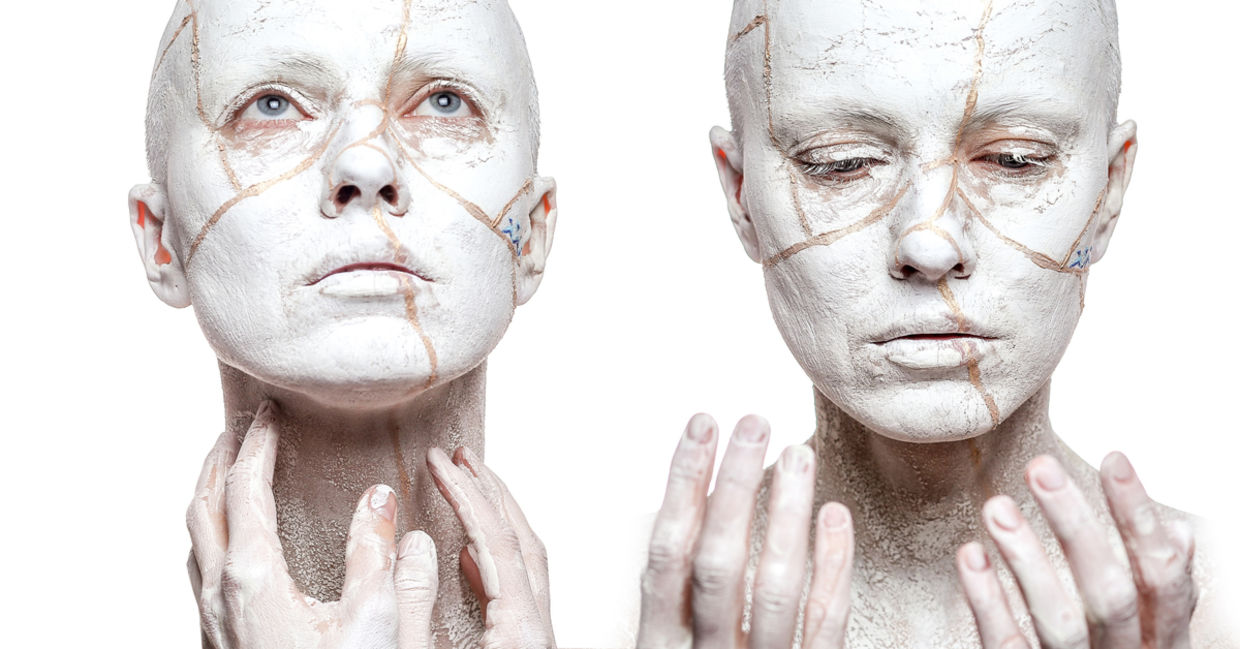The Japanese tradition of mending broken pottery with gold highlights imperfections rather than hiding them. Kintsugi, or joining with gold, is a 400-year tradition that shows that broken objects when repaired can be made even stronger, more resilient, and even beautiful according to NBC News.
This philosophy can apply to more than just mending objects, it can mend people too. “Kintsugi was something I had learned at a very young age, but it was brought back to me when I was going through a really hard time in my life,” Candice Kumai, the author of Kintsugi Wellness: The Japanese Art of Nourishing Mind, Body, and Spirit, told NBC.
“It occurred to me that people needed metaphors and objects to understand the art of healing. Kintsugi reveals how to heal and shows you that you are better with your golden cracks.”
Wabi-Sabi
The kintsugi technique – which is a painstaking art that can take months to complete – uses sap from a Japanese tree that is later gilded with gold. The tradition comes from the Japanese philosophy of wabi-sabi which sees beauty in simplicity and the incomplete reported BBC Travel.
Originating in Taoism, wabi actually translates to elegant beauty in simplicity and sabi means the passage of time so together, they show an acceptance of the natural world, flaws and all. This is the key to the way Japanese people view the natural world.
It is a way of embracing the uncertainty and imperfection of the natural world in a country that suffers from natural disasters. By embracing imperfection, people can learn to celebrate strengths and a more positive mindset.

(SunCity / Shutterstock.com)
Gaman
Another Japanese practice that is directly related to kintsugi is gaman which translates to the ability to be patient and remain calm according to NBC. People can practice gaman by meditating, breathing exercises, or through visualizations.
“By focusing on something as simple and vital as breathing, we are giving our minds a break. Resiliency can be practiced every day in how you respond to daily stresses,” Kumai told NBC.
She explained that gaman allows you to refocus your mind from challenges and to relay on your own inner strength and resiliency. “If one can practice strength from within, that is more powerful than anything negative,” Kumai added.

(everst / Shutterstock.com)
Kansha
Kansha is the act of expressing gratitude for both the good and the bad, the perfect and the imperfect. This directly relates to kintsugi which shows that something that is imperfect is still both beautiful and useful.
Practicing kansha allows you to accept what you have and live in the present. Learning to see the positive in every situation will allow you to live a happier and more fulfilled life.

(Kristina Kokhanova / Shutterstock.com)







